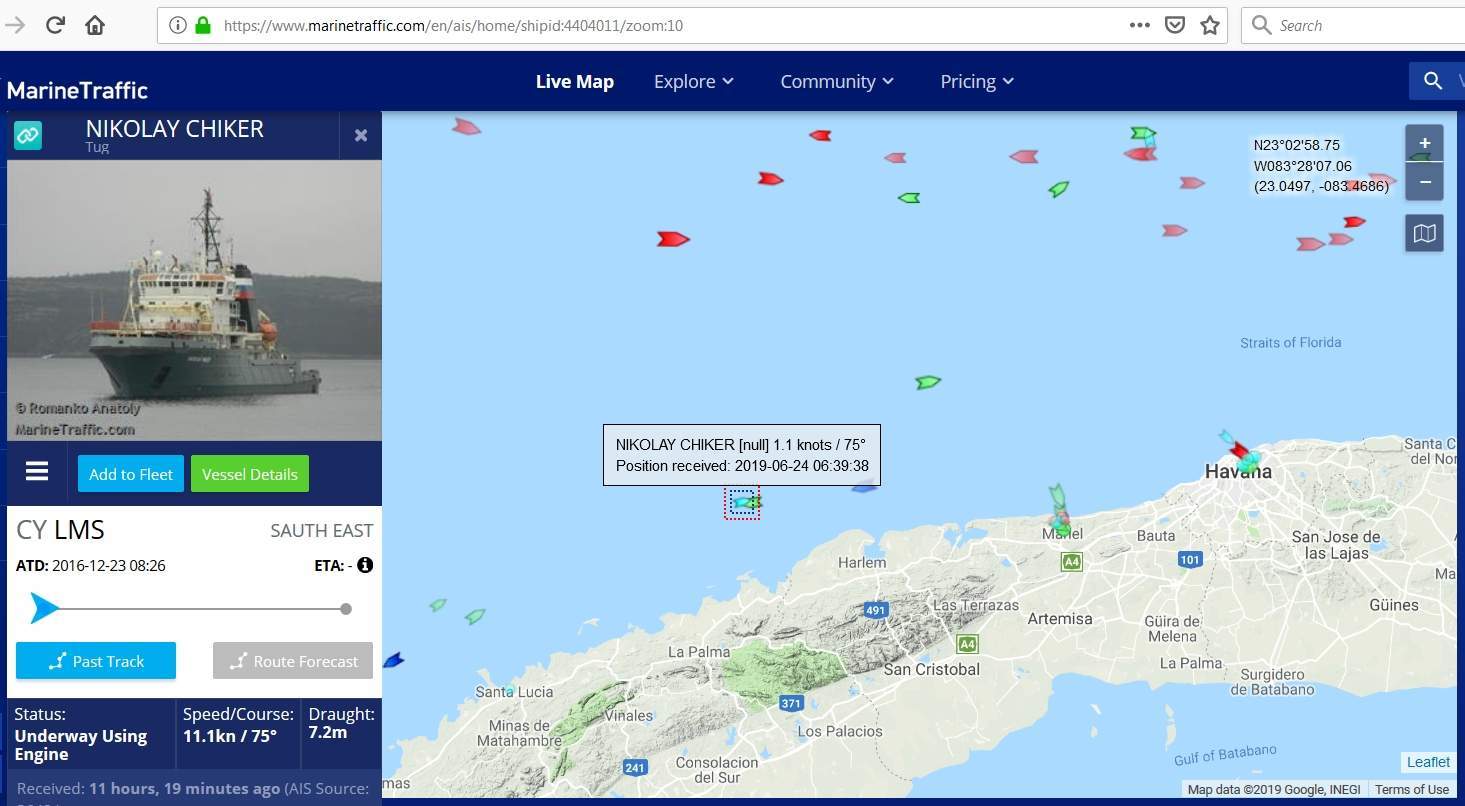@Brumby: Regarding our S-400 discussion, it so happens that a rather authoritative source which all but confirms CEC-ski has recently popped up.
Machine translation of the relevant paragraph:
Sergey Druzin (deputy general designer Almaz-Antey) said:
The fundamental difference between the s-400 system from the previous complexes is its noise immunity and fire performance. Number of simultaneously engaged targets from the s-400 is much more than the s-300. Is provided including thanks to the emergence of new intelligent missile with control system, which allows it to use the widest range of application modes: active homing and use of information from external sources, other radars. The system provides fire also over-the-horizon targets – those that are not visible to radar, but information about them is available.
It doesn't explicitly link these capabilities to the 40N6 missile, but I think we may safely connect the dots.
As for Yasen-M, this seems relevant:
Interestingly, that means it does closely parallel many aspects of the Virginia class in terms of sonar, countermeasures and VLS capacity (think upcoming Block V with LAB and added aft payload module). Of course, the enormous size and massive torpedo tube battery are more akin to the earlier Seawolf class, reflecting a similar emphasis on blue-water ASW/ASuW as opposed to littoral ASW/SOF in Virginia. So, minus the pump jet Yasen-M is a design which combines certain traits of both post-688i USN attack submarine classes - the Virginia Blk. V concept executed on the basis of a Seawolf hull, if you will (kind of puts the steep price tag into perspective!). And regarding pump jets, it's worth noting that the Russians are no strangers to this tech, c.f. Borei: it's absence is therefore likely a deliberate choice, not due to lack of ability. Not sure what the rationale is, but while it could perhaps be attributed on the original Yasen to its prolonged construction freeze (meaning it no longer reflected the latest state of the art in Russia when it was finally launched), that is not a logical explanation on Yasen-M any more.
As for silencing, I would not be so sure that Seawolf really is worse than Virginia - the larger hull diameter allows for more elaborate silencing measures, especially in the reactor section. Virginia was to cut the high cost imposed by these very features (on top of a re-focus toward land-attack and littoral missions) and while technological progress may have allowed some of the drawbacks to be offset, it seems a long shot to assume it actually
improved.
A surprising amount of information on the internal rafting and encapsulation arrangements of the Yasen class has been leaked, and it looks pretty impressive.
P.S.: I guess the adoption of a Lira-like conformal sonar array on another submarine class also indicates the problems experienced with this system on the Lada class have finally been solved satisfactorily, which is good news.

